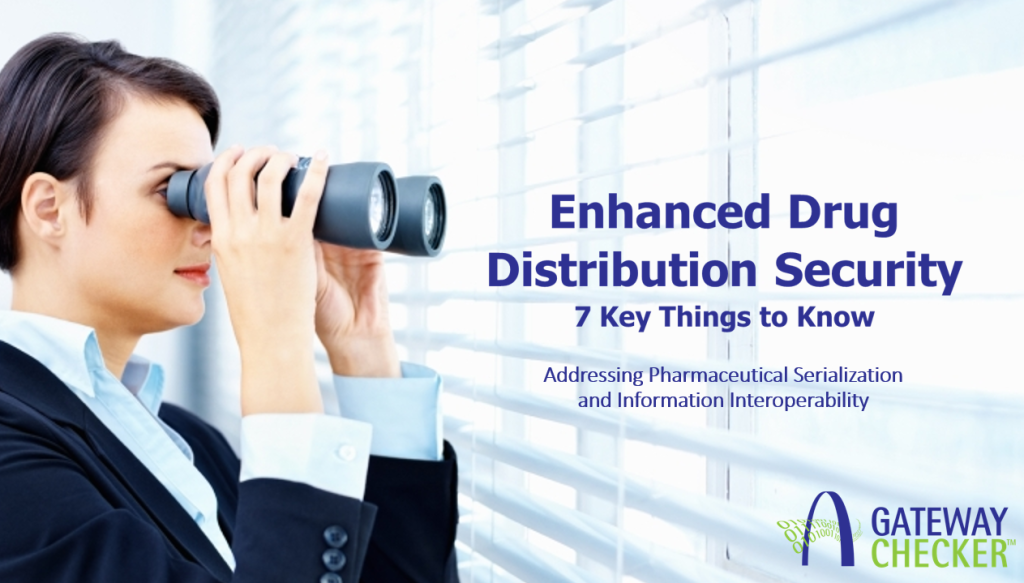
Movilitas.Cloud: VRS Verify™ Accreditation
Lexington, MA, March 14, 2025 – Gateway Checker, the industry’s leading independent GS1 Conformance Testing Service, today announced Movilitas.Cloud, as part of Engineering Industries eXcellence, has become the first product verification solution provider to successfully attain both Level 1 and Level 2 Gateway Certified™ VRS Verify™ accreditation.
The FDA Drug Supply Chain Security Act (DSCSA) requires Pharmaceutical trade partners to have systems to facilitate saleable returns verification. In response to regulation, the Verification Router Service (VRS) was developed by the Healthcare Distribution Alliance (HDA), aiming to automate verification requests and achieve near real-time responses.
With VRS systems, authorized pharmaceutical trading partners can confirm that the unique set of product information (lot number, expiration date, trade identifier, and serial number) assigned to a drug matches the information recorded by the manufacturer.
Successful system-to-system interoperability requires extensive testing and validation, and the cooperation and resource commitment of competitive systems. Up until now, VRS testing results are typically self-executed and reported by the solution provider, a tedious and often inaccurate approach to testing and validation. Gateway Checker developed an independent, unbiased VRS conformance testing platform, VRS Verify™, that quickly, robustly and reliably executes VRS test scenarios.
Demonstrating a commitment to supply chain integrity and DSCSA compliance, Movilitas.Cloud has become the first DSCSA solution provider to be awarded Gateway Certified VRS Verify™ accreditation.
“Gateway Checker has always been heavily involved in the development of the VRS standards and builds tools to measure the health of this multivendor platform,” said Marc Blekkink, Founder and Managing Director of Movilitas.Cloud. “We are very pleased that an independent organization has begun certifying these solutions, allowing the market to select a trusted partner for DSCSA verification requirements.”
Next Steps
- For more information on VRS Verify™ and to receive a free product verification assessment, please complete the form at this link.
- To check out Gateway Checker’s other suite of services designed for DSCSA Compliance, click this link.
- To read the full press release from Movilitas.Cloud, click this link.
- Media Contact: Gary Lerner – glerner@nullgatewaychecker.com
About Gateway Checker
Gateway Checker™ is a Software as a Service platform that facilitates product traceability, DSCSA compliance, and unambiguously verifies the interoperability readiness of serialized pharmaceutical transaction records. Drug manufacturers, repackagers, and distributors can quickly and continuously test, validate, and certify adherence to GS1 US Rx EPCIS and VRS product verification application standards. Gateway Checker is certified by the GS1 US RX EPCIS Testing Service Certification Program and is owned and operated by the Gateway Checker Corporation, a wholly-owned subsidiary of BrandSure, LLC.




